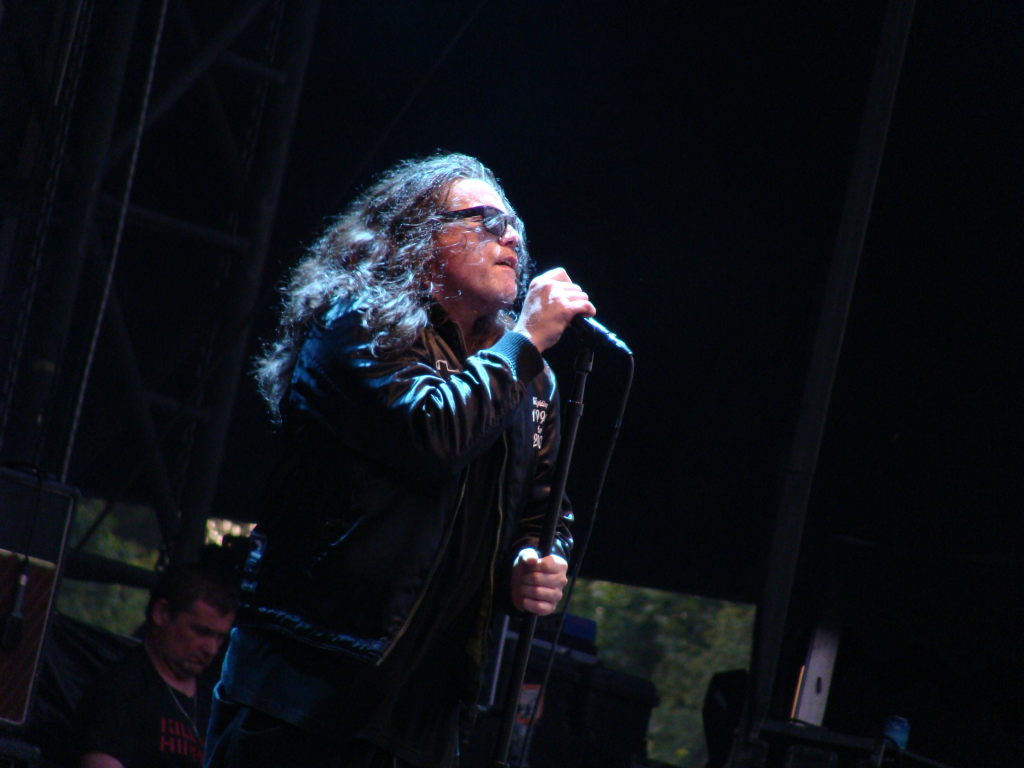
There is an irony poetics to the career of Ian Astbury a rock lead vocalist whose deepest conversations often move quite away from the bright lights into philosophy, spirituality, and historical culture. With The Cult’s “Paradise Now” tour bringing Death Cult back to the modern arena, Astbury’s reflections reveal how goth romanticism, light, and frantic post-punk energy still run through his music today.
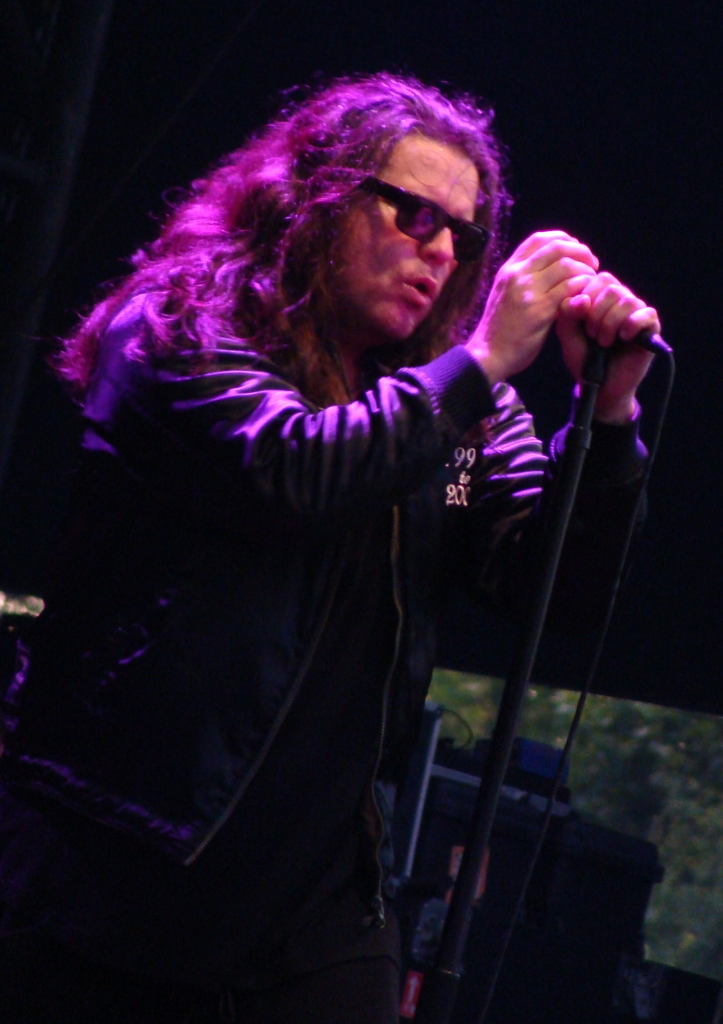
1. Goth Romanticism as Living Philosophy
Astbury’s tie to goth culture isn’t a matter of surface appearance it’s the currents of dark romanticism beneath. He sees the genre as an ongoing dialogue with history, a reaction to the Romantic-era poets and painters whose work combined mortality and beauty and transgression. “Goth music is accepting those for who they are,” a cultural historian once called it, and Astbury is that type.
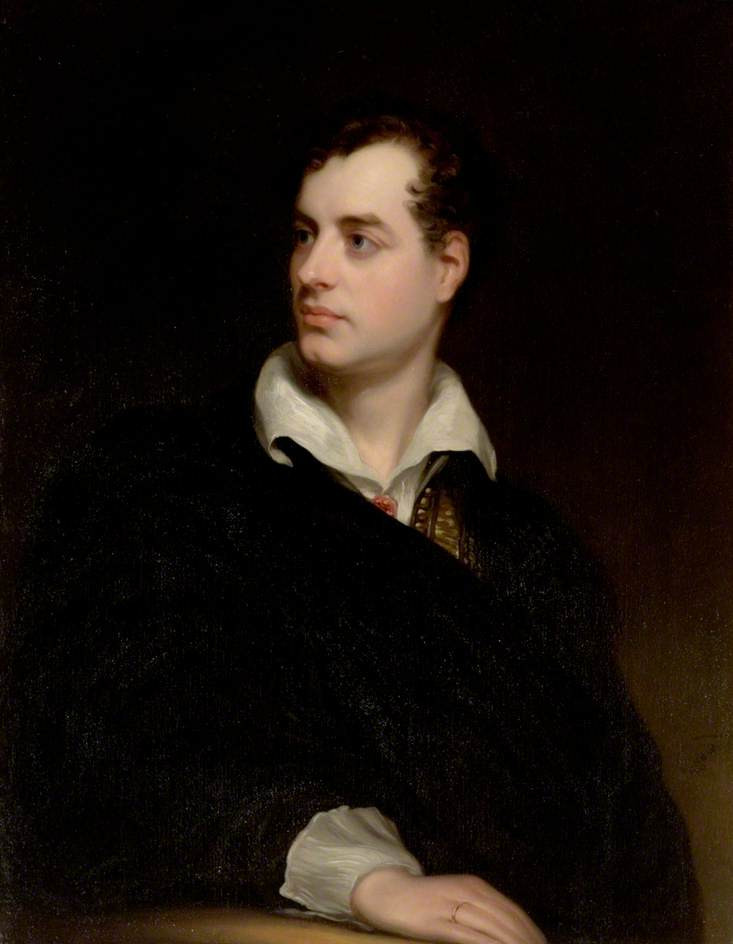
His lyrics often are of the same existential relevance as Byron poetry or Shelley prophecy, blending mortals’ vulnerability, mysticism, and transience into an auditory fabric.
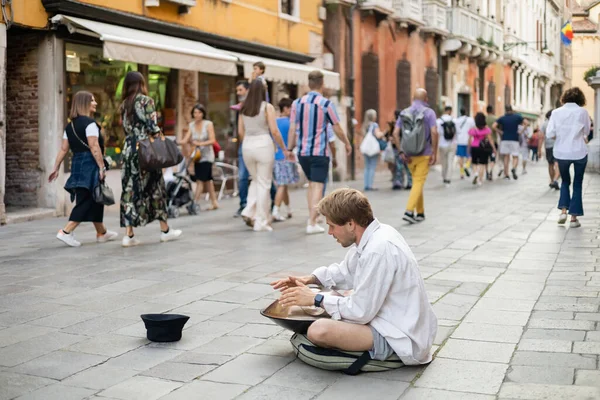
2. Street Kid Turned Spiritual Seeker
Well before he was fronting The Cult, Astbury was a confessed “street kid,” sleeping in bus stations and sneaking into Clash shows. Those early days perfected his skill at living from the belly a trait he continues to prize. His encounters with Canadian First Nations cultures expanded his world view and instilled in him a lifelong respect for world views that acknowledge the human being as being in nature, not separate from nature. “We are part of the environment. Nature isn’t separate we are part of all of it,” he recalls, a world view which continues to inform his art.
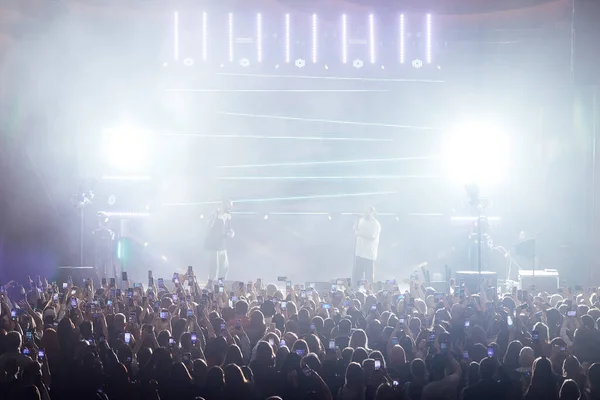
3. Death Cult’s Return: Zero Point Energy
For Astbury, reviving Death Cult is not nostalgia it’s rebirth. He describes it as “taking our original DNA, putting it back into us, and rejuvenating.” The post-punk early work has an untamed, raw energy that resonates today in our fractured cultural landscape. Playing them again is about going back to the uncut, raw creativity that launched his career. The tour’s title, “Paradise Now,” summarizes both desperation and hope “If not now, then when?”
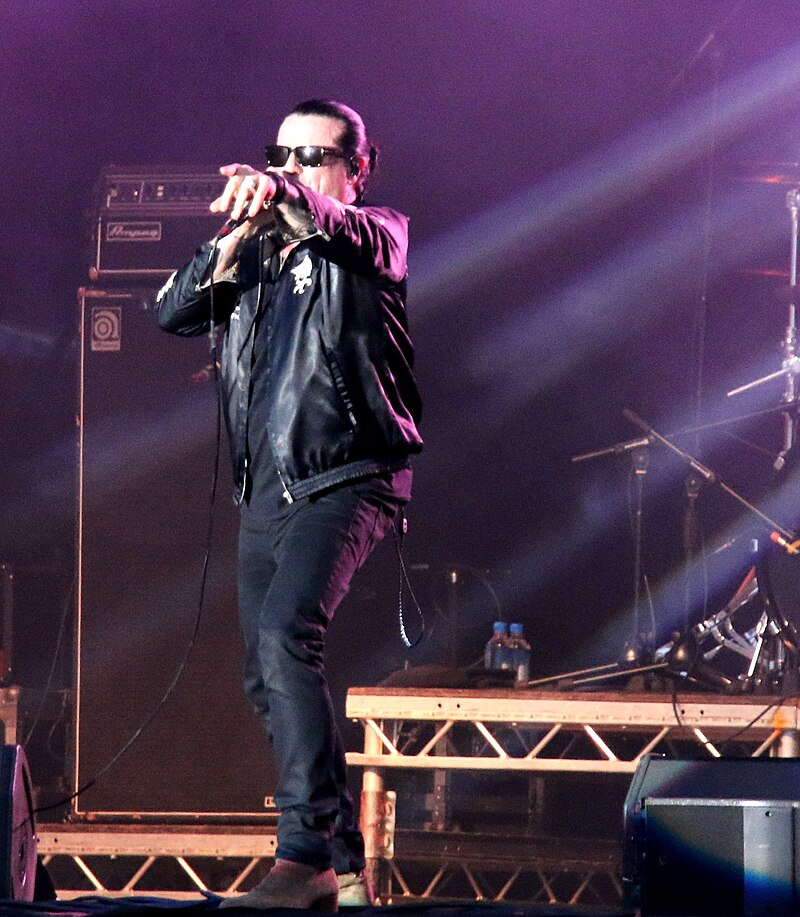
4. Enlightenment in the Limelight
Astbury’s search for light is less an aspiration towards lofty detachment than lived presence. Guided by Buddhist and Aboriginal traditions, he speaks of “enlarging consciousness” with presence, ritual, and even discomfort. Whether sweat lodge ritual or meditative heat of live performance, he engages them as sacred spaces in which change can occur. His stage is not a platform it’s a site of common ritual.
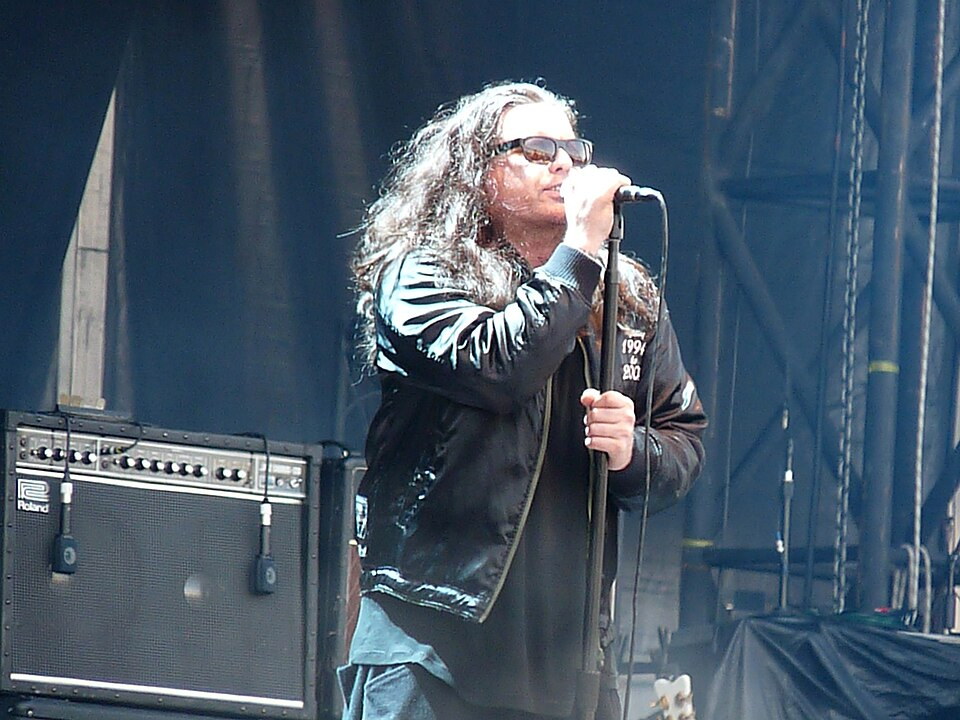
5. Goth’s Evolution and Emotional Depth
The goth subculture has splintered into thousands of styles Victorian Goth, Industrial Goth, Nu-Goth but its emotional core remains. Emerging from post-punk in the late ’70s, goth rock blended introspective songwriting and melodramatic showmanship, a sanctuary for misfits. Despite some studies linking goth identity with higher depression rates, researchers caution that the group tends to affirm and encourage. Astbury’s music speaks to that emotional intelligence, offering listeners a mirror of their own inner lives.
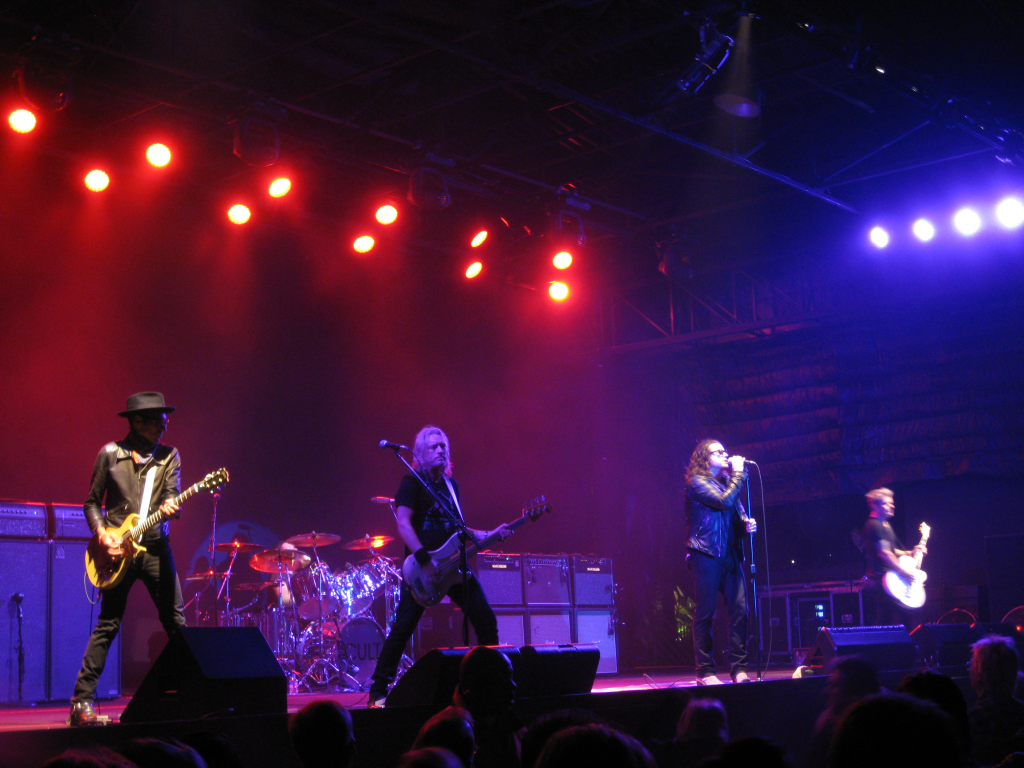
6. The Danger in Music
Astbury laments the fact that “artists are afraid now. Everybody’s paralyzed.” For him, risk is everything whether it’s simplifying production for raw intensity or experimenting with Berlin-influenced dark wave textures. His career has veered wildly through genres without trend-watching, a refusal to be constrained that has kept The Cult viable while maintaining its artistic edge.

7. Contemporary Echoes of Romanticism
Astbury’s artistic genealogy runs parallel with the same currents explored in scholarly examinations of post-punk and goth as dark romanticisms. As Byron’s dandyism reacted against industrial England’s dullness, Astbury’s androgyny and mystical imagery evade cultural appropriation. His on-stage presence shaman-poet pursues a tradition that runs from Romantic literature through gothic rock to spiritual uprising.
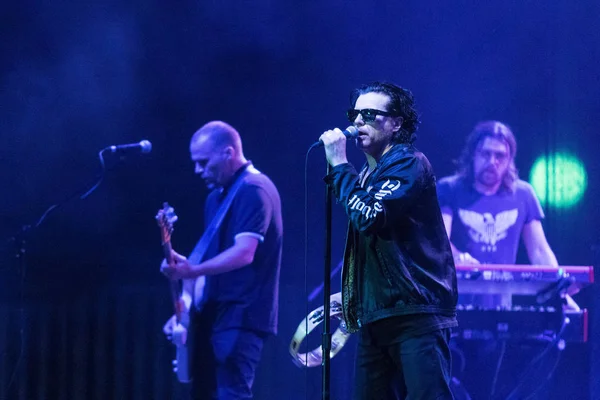
Astbury’s thoughts remind fans that goth romanticism is not an anachronism it’s an alive and growing philosophy. Through the resurrection of Death Cult, the seeking of illumination, and the bold taking of chances, he’s not merely looking back he’s recharging it for today.


